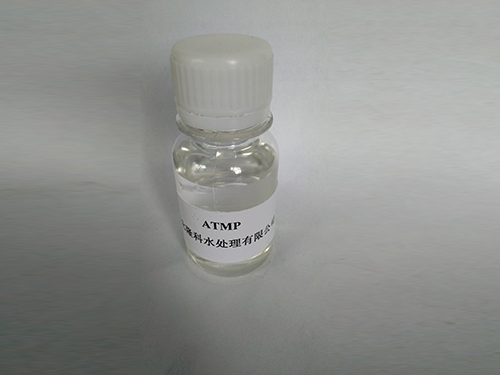Exploring the Properties and Applications of Anionic Polyacrylamide in Various Industries
Understanding Anionic Polyacrylamide (PAM) Properties, Applications, and Benefits
Anionic Polyacrylamide (PAM) is a water-soluble polymer widely used in various industrial and environmental applications. Characterized by its negative charge (anionic nature), PAM is a synthetic polymer derived from acrylamide. Its unique properties make it an essential component in many fields, including water treatment, agriculture, and oil recovery. This article delves into the key attributes of anionic PAM, its applications, and the benefits it offers.
Properties of Anionic PAM
Anionic PAM is known for its remarkable ability to enhance water retention and soil structure. With a molecular weight that can range from a few thousand to several million, PAM's efficacy depends on its size. Its anionic character allows it to easily interact with positively charged particles, which is crucial for flocculation and coagulation processes. The polymer's hydrophilic nature makes it soluble in water, facilitating its incorporation into various applications.
The stability of anionic PAM under varying environmental conditions, such as temperature and pH, adds to its versatility. It remains effective in a range of settings, from mildly acidic to alkaline, making it suitable for various industrial processes. Additionally, anionic PAM is biodegradable, which addresses environmental concerns associated with synthetic polymers.
Applications of Anionic PAM
One of the most significant applications of anionic PAM is in water treatment. It serves as a flocculant, aiding in the aggregation of suspended particles, which enhances solid-liquid separation. This process is crucial in municipal and industrial wastewater treatment plants, where clarity and contaminant removal are essential. By using anionic PAM, facilities can achieve better effluent quality, meeting regulatory standards more efficiently.
In agriculture, anionic PAM is used to improve soil structure and enhance water retention in arid regions. When applied to soils, PAM reduces erosion and minimizes runoff, allowing for better water infiltration. This is particularly beneficial for farmers in areas prone to drought, as it promotes sustainable farming practices and increases crop yields.
anionic pam

Additionally, anionic PAM is employed in the oil and gas industry, particularly in enhanced oil recovery (EOR). By injecting PAM into reservoirs, it can reduce the viscosity of water, allowing for better displacement of oil. This method not only enhances production but also minimizes the environmental impact associated with traditional extraction techniques.
Benefits of Anionic PAM
The use of anionic PAM presents several benefits across its various applications. Firstly, its ability to improve water quality in wastewater treatment leads to reduced operational costs for treatment facilities. Enhanced flocculation increases the removal rates of suspended solids and can also facilitate the recovery of valuable by-products, such as water and nutrients.
In agricultural settings, the adoption of anionic PAM translates to improved water conservation. By reducing erosion and enhancing moisture retention, farmers are better equipped to maintain healthy crops even in low-water scenarios. This can significantly improve food security in regions affected by climate change and water scarcity.
Moreover, the role of anionic PAM in enhanced oil recovery contributes to more efficient resource utilization. As companies seek methods to maximize output while minimizing their environmental footprint, PAM provides a valuable tool in the pursuit of sustainable energy production.
Conclusion
Anionic Polyacrylamide stands out as a multifunctional polymer with a diverse range of applications. Its unique properties, including water solubility, ionic character, and stability, make it an invaluable asset in industries ranging from environmental management to agriculture and energy production. As the global community faces increasing environmental challenges, the importance of effective water management and sustainable practices is more vital than ever. Anionic PAM not only provides practical solutions but also contributes to a greener future through its biodegradable nature and ability to enhance resource efficiency. Through ongoing research and development, the applications of anionic PAM are likely to expand further, offering innovative solutions to contemporary industrial and environmental issues.
-
Pbtc Scale InhibitorPBTC: A Scale Protector for Industrial Water TreatmentNewsAug.05,2025
-
Organic Phosphonate: An Efficient Defender in the Field of Scale InhibitionNewsAug.05,2025
-
Hydrolyzed Polymaleic Anhydride: Green Pioneer in Scale Inhibition FieldNewsAug.05,2025
-
PAPEMP Polyamino Polyether Methylene Phosphonic Acid For SaleNewsAug.05,2025
-
Flocculant Water Treatment: A Pioneer in Purification in the Field of Water TreatmentNewsAug.05,2025
-
Benzyl Isothiazolinone: An Efficient and Broad-Spectrum Antibacterial Protective GuardNewsAug.05,2025





